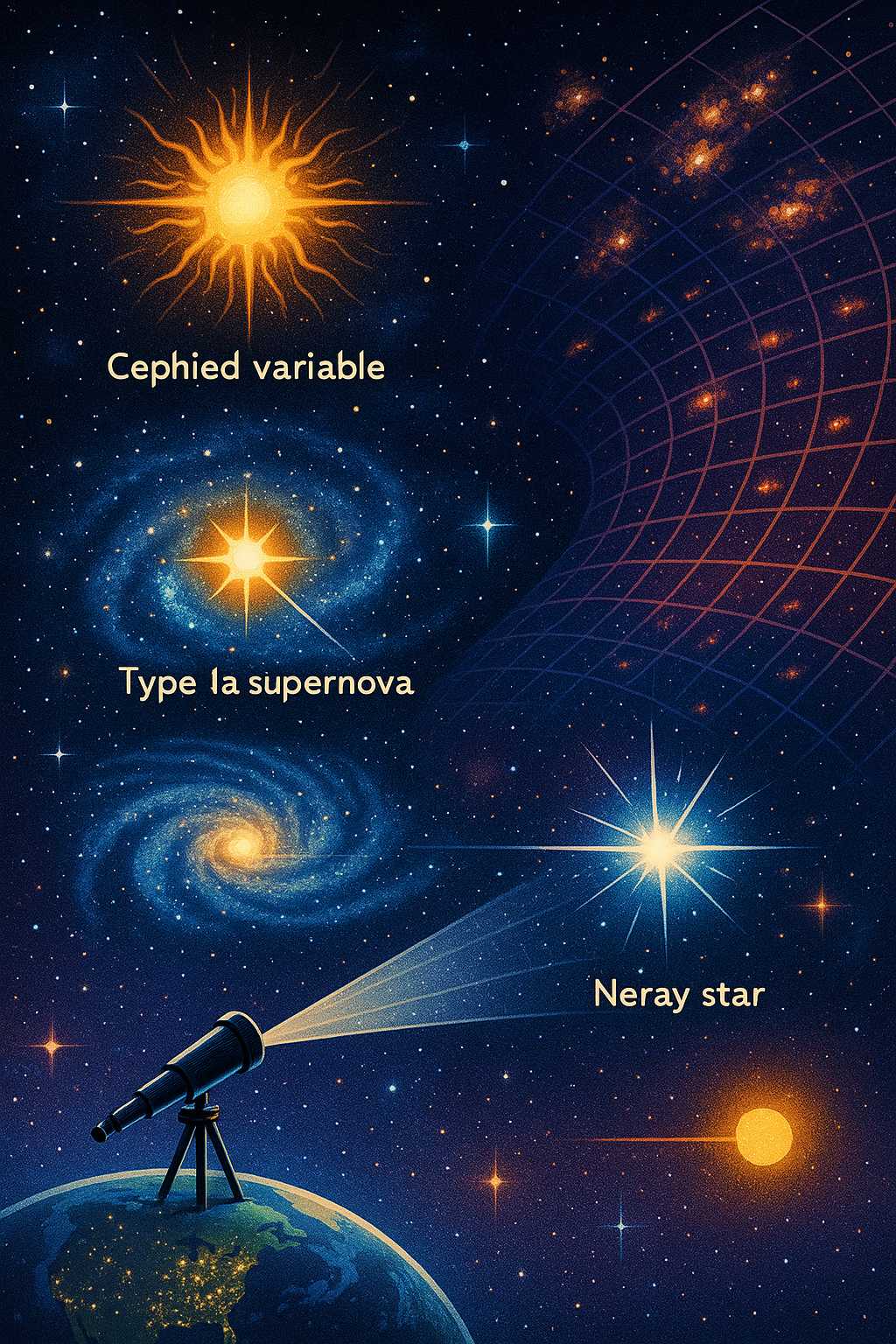One of the most fundamental challenges in astronomy is measuring distances across the cosmos. Knowing how far away objects are—whether stars, galaxies, or nebulae—is crucial for understanding the universe’s structure and its evolution. The process of making these measurements is not only a technical triumph but also an ongoing pursuit, shaped by history and modern innovations.
Early Methods and the Parallax Revolution
Historically, astronomers lacked a reliable way to gauge the scale of the universe. The introduction of stellar parallax in the 19th century was a game-changer. By observing a nearby star’s apparent shift against distant background stars as Earth orbits the Sun, astronomers could, for the first time, directly compute stellar distances. This method remains foundational for measuring nearby stars and is the basis for the parsec—a unit of distance equal to 3.26 light-years.
Standard Candles and the Expanding Universe
To reach greater distances, astronomers developed the concept of "standard candles"—objects with well-known luminosity. The most famous are Cepheid variable stars, which pulsate at a rate directly linked to their true brightness. By comparing a Cepheid’s observed brightness to its known luminosity, astronomers can calculate how far away it is. This breakthrough allowed Edwin Hubble in the 1920s to show that galaxies lie far beyond our Milky Way, and that the universe itself is expanding.
Another standard candle, Type Ia supernovae, are even brighter than Cepheids and visible across billions of light-years. Their use has refined our understanding of the universe’s expansion rate and even led to the discovery of dark energy.
Modern Innovations: Radial Velocities and Space Telescopes
Modern telescopes, both ground-based and in space, have dramatically improved our precision. The Gaia mission, launched by the European Space Agency in 2013, is mapping over a billion stars in the Milky Way with unparalleled accuracy using parallax. Meanwhile, redshift measurements—how much a galaxy’s light is stretched by its motion away from us—help determine distances at the furthest reaches of the observable universe.
The Cosmic Distance Ladder
All of these methods combine to form what astronomers call the "cosmic distance ladder": a set of interlinked techniques, each applicable at different scales. Lower rungs, like parallax, handle nearby stars; mid-range rungs (Cepheids, supernovae) cover galaxies; and high rungs (like redshift) extend outward to encompass the universe’s largest structures.
Why It Matters
Measuring cosmic distances is at the foundation of many astronomical discoveries. It lets us gauge the size and age of the universe, map galaxy clusters, and understand the fate of cosmic expansion. As techniques become ever more refined, we continue to calibrate our place in the cosmos—one measurement at a time.
— Darlene


Leave a Reply